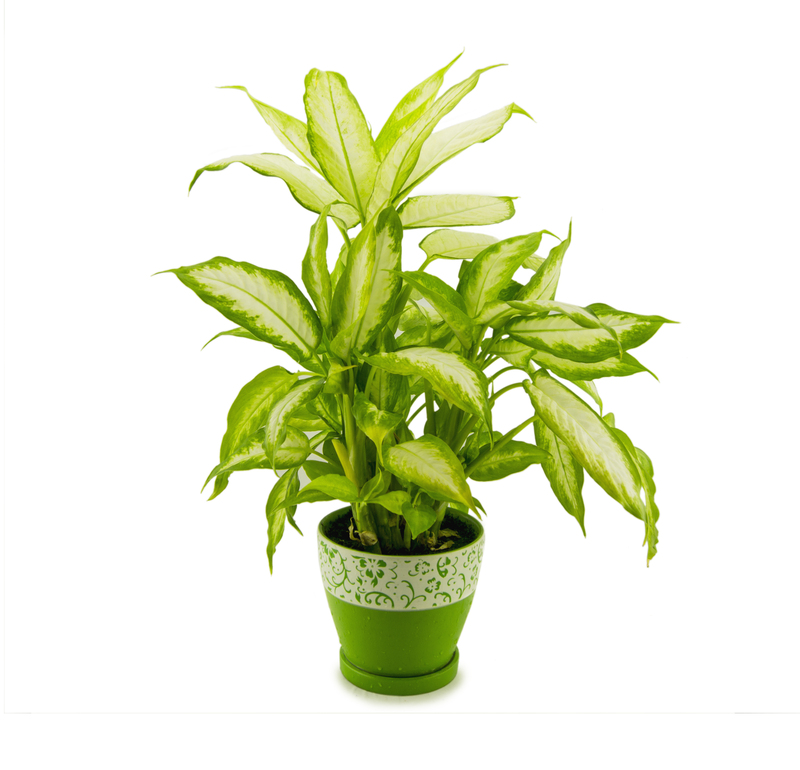Summer Lawn Hydration and Cutting Advice
Posted on 21/02/2025
Maintaining a lush, green lawn during the summer months can be challenging, but with the right hydration and cutting strategies, it's entirely possible. This guide will delve into essential summer lawn care tips, focusing on the best ways to keep your grass hydrated and the most effective mowing practices to ensure your lawn thrives even in the hottest weather.
Understanding Your Lawn's Water Needs
Before diving into specific watering tips, it's crucial to understand how much water your lawn needs. Typically, grass requires about 1 to 1.5 inches of water per week, including rainfall. However, variations in climate, soil type, and grass species can alter this requirement.
Monitoring your lawn's health and adjusting your watering schedule accordingly is vital. Signs of dehydration include a dull green color, footprints that remain visible after walking on the lawn, and wilted or curled blades.

Best Practices for Summer Lawn Hydration
1. Water Deeply and Infrequently: It's better to water your lawn deeply and less frequently. This allows the water to penetrate the soil and encourages roots to grow deeper, making your lawn more drought-resistant. Aim to water once or twice a week rather than daily.
2. Water Early in the Morning: The best time to water your lawn is early in the morning, between 4 a.m. and 10 a.m. This reduces evaporation and ensures that your grass absorbs the maximum amount of water.
3. Use Smart Irrigation Systems: Investing in a smart irrigation system can significantly enhance your lawn hydration strategy. These systems use weather data and soil sensors to optimize watering schedules, ensuring your lawn gets the right amount of water while conserving resources.
4. Ensure Even Coverage: Uneven watering can lead to dry spots and over-watered areas. Make sure your sprinkler heads are working correctly and cover all parts of your lawn evenly.
Effective Lawn Cutting Advice
1. Mow at the Right Height: Setting your mower to the proper height is crucial. During the summer, mowing your grass to a taller height can help it retain moisture. Generally, aim to keep your grass about 3-4 inches tall.
2. Mow Regularly but Not Too Short: Cutting your lawn too short can stress the grass and make it more susceptible to heat and drought. Mow regularly to keep your lawn healthy, but avoid removing more than one-third of the grass height at any time.
3. Keep Your Mower Blades Sharp: Dull blades can tear the grass rather than cutting it cleanly, leading to a ragged appearance and making the grass more prone to diseases. Regularly sharpen your mower blades to ensure a clean cut.
4. Leave Grass Clippings: Grass clippings can provide essential nutrients and moisture to your lawn. Mulching your grass clippings instead of bagging them helps retain moisture and returns valuable organic matter to the soil.
Pros and Cons of Summer Lawn Care Techniques
Pros:
- Healthier Lawn: Proper hydration and cutting techniques lead to a greener, healthier lawn that can withstand summer stress.
- Water Conservation: Efficient watering practices, such as deep watering and using smart irrigation systems, conserve water.
- Reduced Maintenance: A well-maintained lawn requires less effort in the long run, with fewer weeds and less frequent mowing.
Cons:
- Initial Cost: Investing in high-quality equipment like smart irrigation systems or a good mower can be pricey.
- Learning Curve: It can take time to understand your lawn's specific needs and perfect your watering and mowing schedules.
- Time Commitment: Regular watering and mowing require a consistent time investment.
Tips for Optimal Summer Lawn Care
1. Regularly Check Soil Moisture: Use a soil moisture meter to monitor the moisture levels in your lawn.
2. Adjust to Weather Conditions: Modify your watering schedule based on rainfall and temperature.
3. Aerate Your Lawn: Aerating helps water penetrate the soil more effectively and reduces compaction.
4. Fertilize with Care: Use slow-release fertilizers to avoid burning your lawn in high temperatures.

Takeaways
1. Know Your Lawn's Needs: Understand your lawn's specific water and mowing requirements.
2. Water Properly: Focus on deep, infrequent watering early in the morning.
3. Mow Correctly: Keep your grass at an optimal height and ensure your mower blades are sharp.
4. Monitor and Adjust: Regularly assess your lawn's health and adjust your care practices as needed.
Conclusion
Maintaining a vibrant lawn during the summer requires a combination of proper hydration and mowing techniques. By understanding your lawn's needs, utilizing efficient watering practices, and following effective mowing tips, you can ensure your lawn remains lush and healthy throughout the summer. While there are pros and cons to every lawn care strategy, the benefits of a well-maintained lawn far outweigh the challenges. With consistent effort and the right approach, you can enjoy a beautiful, green lawn all summer long.
To properly hydrate and mow your lawn in the summer, water deeply and infrequently, preferably early in the morning, and mow your grass at a taller height with sharp mower blades. Monitor soil moisture and adjust your practices based on weather conditions.




